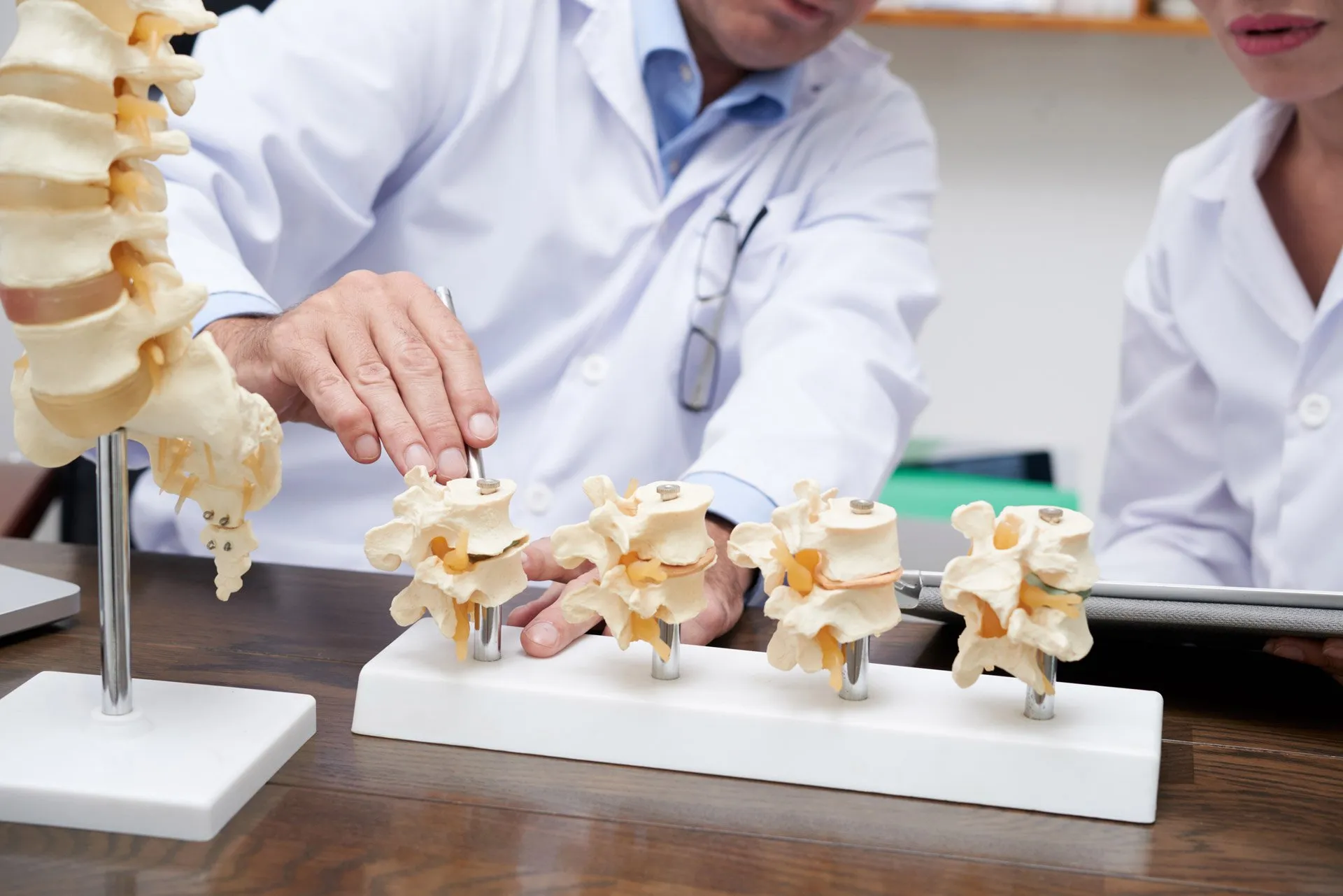Patients who did not receive interventional pain procedures at an office clinic subsequently had 37% more office visits and 139% greater use of opioid prescription medications, according to a new retrospective study.
Fewer office visits could correlate with patients achieving greater functionality, as well as possibly reducing opioid prescriptions and other health care utilization, said lead researcher Ryan Jacobs, MD, a pain fellow at Advocate Illinois Masonic Medical Center, in Chicago.
“These are improvements we have anecdotally noticed in our clinic,” Jacobs said. “However, prior to our study, these improvements have not been actually quantified.

“As we all try to continually assess the efficacy of the clinical interventions we perform on our patients, I believe more clinicians are realizing that pain scores are not necessarily the best outcome measures to assess efficacy. Instead, we are starting to appreciate that improvements in functional measurements are more clinically significant.”
The study involved 1,423 patients treated from 2013 to 2019 at the clinic of Chicago Anesthesia Pain Specialists, which is part of Advocate Illinois Masonic Medical Center. Enrollment criteria included at least four office visits over a minimum of 12 months.
a 14.2% (P<0.001) reduction in morphine milligram equivalents (MME) during their treatment course, from an initial 36.3 MME to 31.2 MME.
“The study results were not necessarily surprising, as I believe this is something that we all noticed in the various patients coming through our clinic,” Jacobs said. “However, it was very encouraging to see that what we anecdotally thought to be the case was actually statistically accurate.”
“Approximately 65% of these interventional patients received opioid prescriptions at some point over their treatment course,” Jacobs said. “But nearly 80% of the almost 24,000 office visits by all study patients were for patients on opioid therapy.”
Patients with existing opioid therapy who received interventional pain procedures had a 14.2% (P<0.001) reduction in morphine milligram equivalents (MME) during their treatment course, from an initial 36.3 MME to 31.2 MME.
“The study results were not necessarily surprising, as I believe this is something that we all noticed in the various patients coming through our clinic,” Jacobs said. “However, it was very encouraging to see that what we anecdotally thought to be the case was actually statistically accurate.” The results were presented virtually (abstract 1522) at the 2020 annual pain medicine meeting of the American Society of Regional Anesthesia and Pain Medicine.
Cost of Chronic Pain
Jacobs said the national burden of pain is projected to be more than $600 billion per year, representing both lost productivity and health care costs. “Chronic pain patients have more than a twofold increase in direct medical costs compared to nonpain patients,” he said.
It is also estimated that nearly 60% of the cost difference between the two patient groups is caused by the increased frequency of office visits alone among pain patients, with an additional 20% of the cost difference stemming from increased medication use by pain patients (Spine [Phila Pa 1976] 2013;38[1]:75-82).




